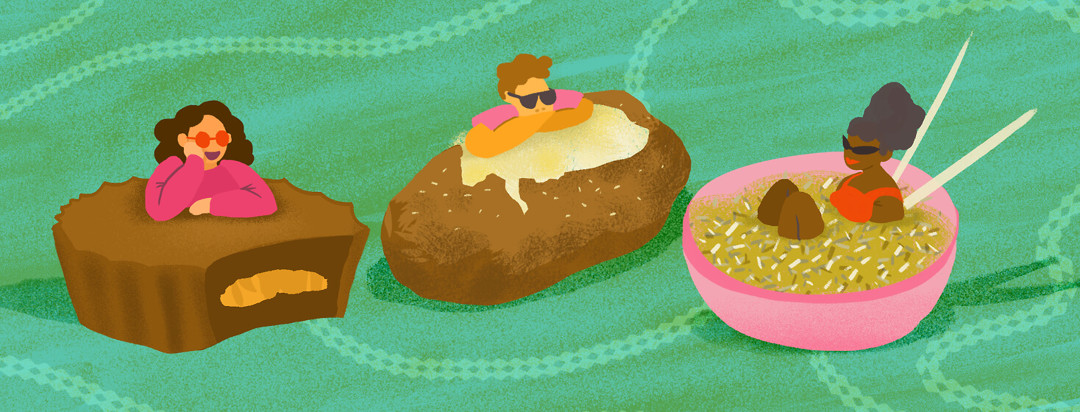The Three Main Types of Carbohydrates
Living life with type 2 diabetes means being more aware of your carbohydrate intake than you're probably used to. The reason monitoring your carbohydrate intake is so important is that your medication or insulin regimen is dependent on a certain amount of carbohydrate intake, and your blood glucose levels react accordingly.
Reading your nutrition facts labels
Hopefully, you were well-educated on reading your nutrition facts labels, but if you were not, ask your physician for a referral to a Registered Dietitian (RD) or Certified Diabetes Educator (CDE) to help you learn more. When checking a food label for the carbohydrate content, first look at the serving size, then the total carbohydrates to see how many grams the product contains for that portion size.
The total carbohydrates account for the three main types of carbohydrates, which are starches, sugar, and fiber.1 Some foods will contain all three components. Others will have loads of fiber. Knowing the breakdown of the kinds of carbohydrates you are consuming can be helpful in regulating blood glucose levels.
Carbohydrate source #1: starches
You may already have an idea of the kinds of food you consider to be starches. Things like bread, pasta, and potatoes are at the top of the list. These all break down into sugar in the body and therefore affect blood glucose levels. Does this mean you should avoid starches? By no means! The key is finding good quality starches that are high in fiber, as well as watching portion sizes. Here are some common portion sizes for the popular starches and their approximate carbohydrate content.
- Pasta: 1 cup cooked = 45 grams of carbohydrate
- Rice: 1 cup cooked = 45 grams of carbohydrate
- Bread: 1 slice = 15 grams of carbohydrate
- Potato: 1 medium = 30 grams of carbohydrate
Carbohydrate source #2: sugar
Simple sugars are in all kinds of foods. Processed foods such as granola bars, cookies, graham crackers, etc. are all loaded with added sugars. These kinds of foods should be portioned correctly to make sure carbohydrate intake is monitored so that blood glucose levels can attempt to be maintained. Just because you have diabetes, does not mean that you can not eat any sugar. Speak with your physician, Registered Dietitian, or Certified Diabetes Educator to better know what types of sugary foods you can have and when it is best to consume them.
Carbohydrate source #3: fiber
Fiber is a beneficial carbohydrate. It helps to prolong satiety after meals and also acts like a scrub brush for your insides, keeping things moving along and healthy. You may have been taught to subtract the grams of fiber from the total carbohydrates if there are over 5 grams in a product. This is because they are not well digested in the body the same way simple sugars are and therefore will not cause a blood glucose spike. Another reason choosing high fiber options is a good idea!
Aim to choose carbohydrate sources such as whole grain bread, quinoa, brown rice, whole grain pasta, as well as fruits and vegetables with the peels intact, and legumes. Here are a few common portion sizes for foods that are higher in fiber.
- Pasta: 1 cup cooked = 45 grams of carbohydrate
- Rice: 1 cup cooked = 45 grams of carbohydrate
- Bread: 1 slice = 15 grams of carbohydrate
- Peas or corn: 1 cup = 30 grams of carbohydrate
- Small piece of fruit = 15 grams of carbohydrate
- Non-starchy vegetables: 1.5 cups = 15 grams of carbohydrate
Points to remember about carbohydrates
- Carbohydrates contain 3 main parts
- Choose high fiber options whenever possible
- Speak to your health care professional about simple sugar intake

Join the conversation